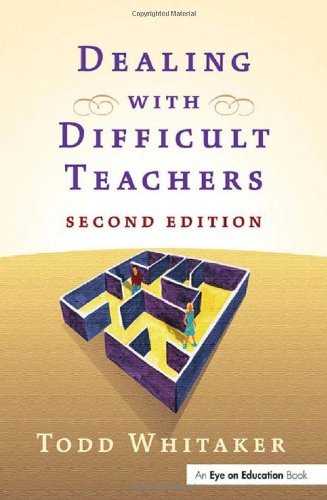What do you think?
Rate this book


• gossip in the teacher's lounge.
• consistently say "it won't work" when any new idea is suggested.
• send an excessive number of student to your office for disciplinary reasons.
• undermine your efforts toward school improvement.
• negatively influence other staff members. .
This book provides tips and strategies to help school leaders improve, neutralize, or eliminate resistant and negative teachers. 1999.
Unknown Binding
First published January 1, 1999